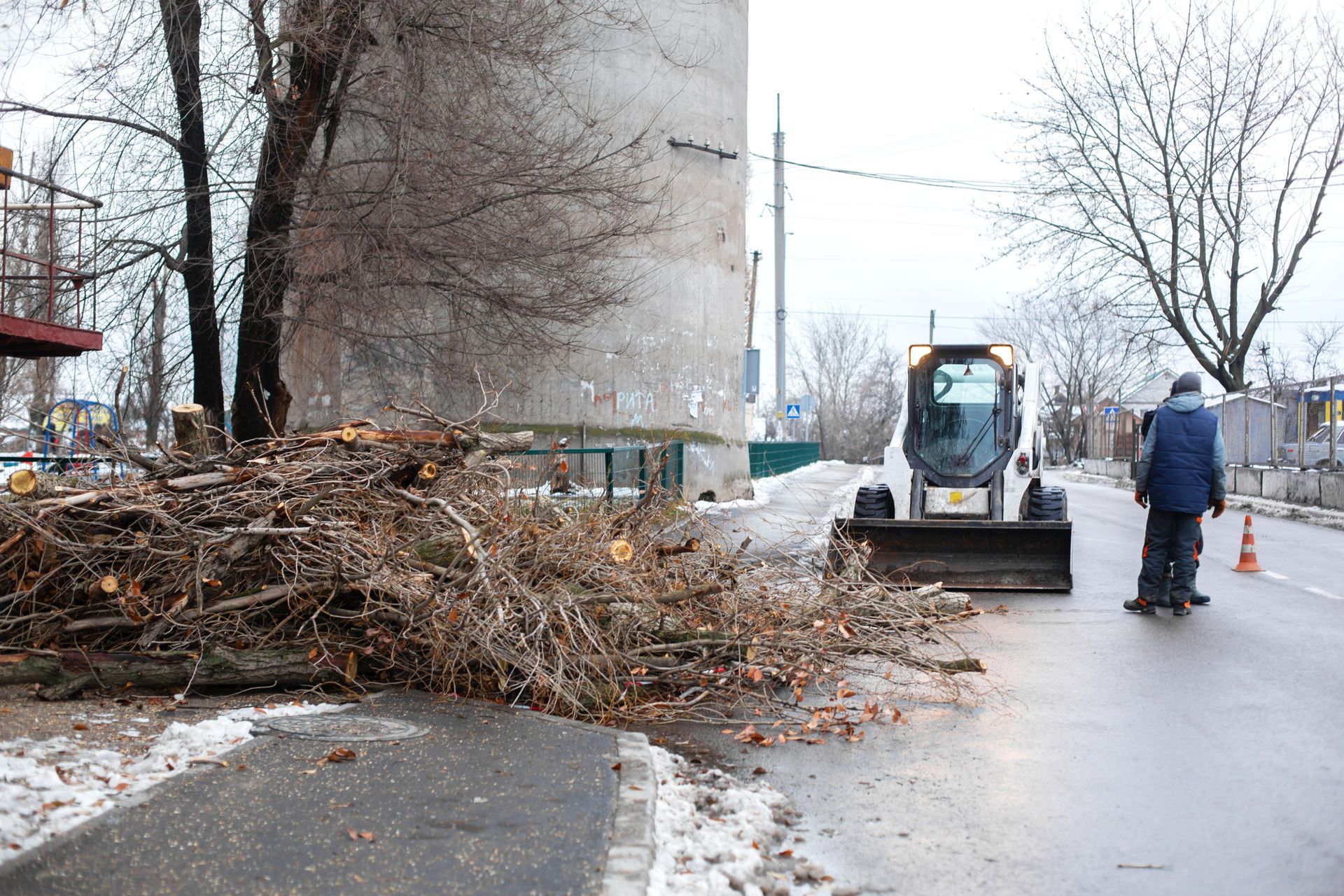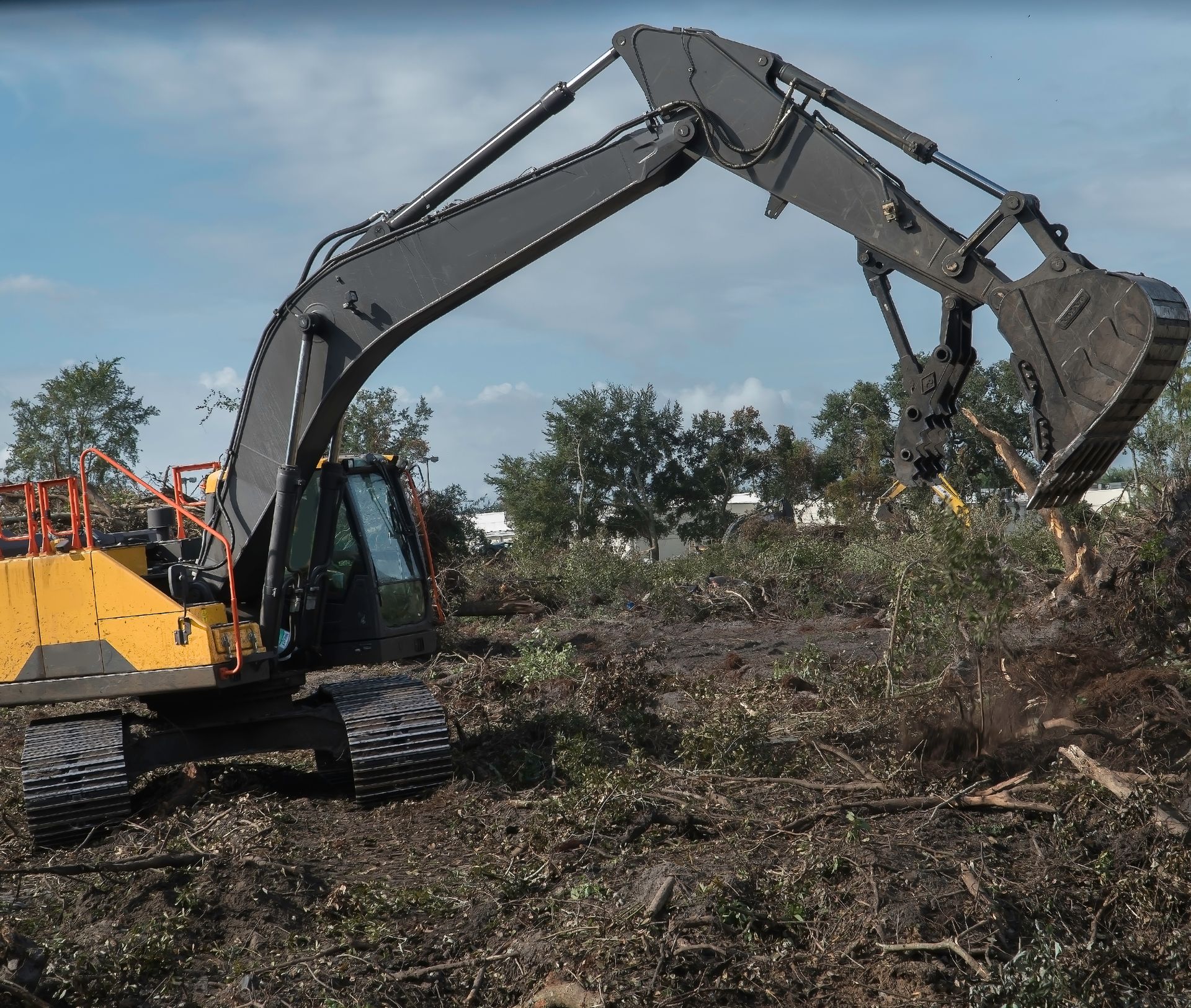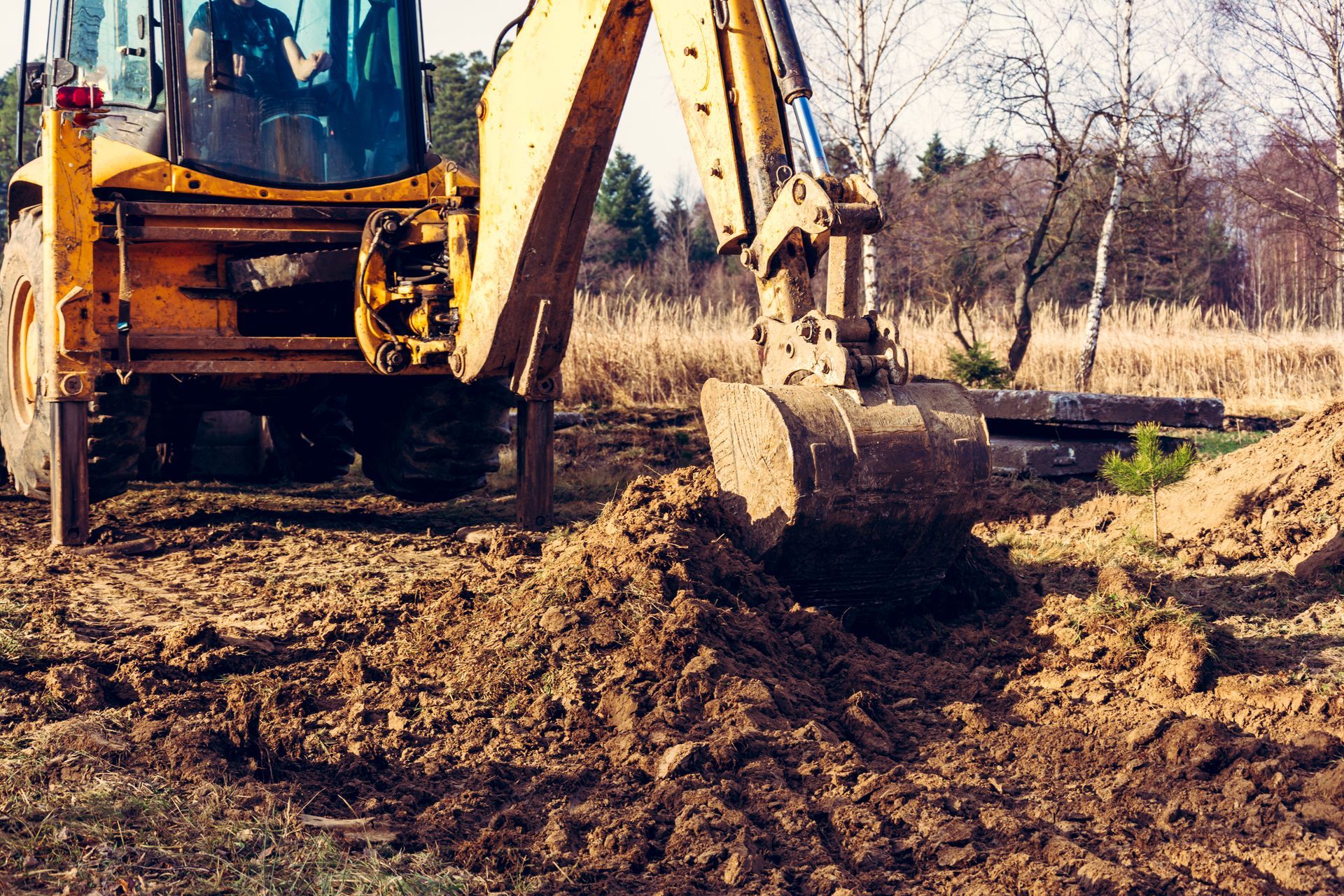Lot Clearing Services
How Lot Clearing Prepares Your Land for New Construction Projects
Lot clearing is an essential first step in preparing land for new construction projects. This process ensures a clean, stable, and safe foundation for building. Here's how it works.
The process begins with an initial assessment and planning phase. A site evaluation identifies potential obstacles and hazards, allowing for a detailed lot clearing plan. Securing the necessary permits and approvals is crucial, ensuring compliance with local regulations and facilitating smooth project progression.
Site preparation involves marking boundaries and clearing perimeters. Debris, vegetation, and obstructions are removed, addressing any environmental concerns. Removing trees and large vegetation is a critical step, employing methods that consider the preservation of valuable trees or plants, with green waste disposed of responsibly.
Soil and grading preparation follows, managing soil health and stability. Grading ensures proper drainage and foundation support, incorporating erosion control techniques. Dealing with underground utilities is vital; identifying and marking existing utilities, coordinating with utility companies, and safely relocating or removing utilities ensures no disruptions during construction.
Managing water and drainage systems is another key aspect. Assessing natural water flow and installing necessary drainage systems prevent water-related issues during and after construction. A final site inspection ensures the land is ready for construction, with any remaining debris cleared away.
Hiring professional lot clearing services brings expertise, efficiency, and safety to the process, ensuring long-term advantages for construction projects. Proper lot clearing is foundational to successful construction, setting the stage for a smooth and efficient building process.
Get a free quote
Contact Us
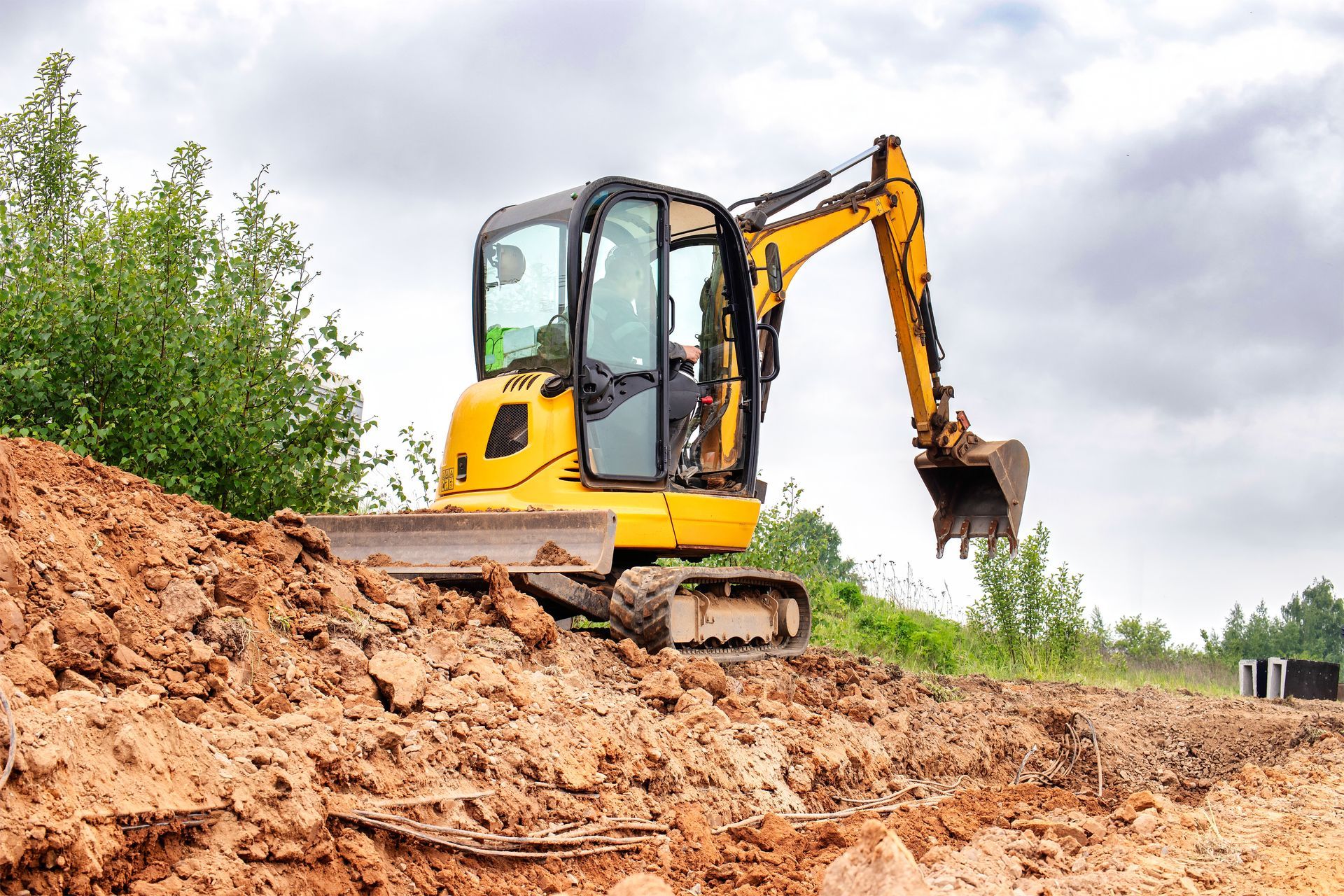
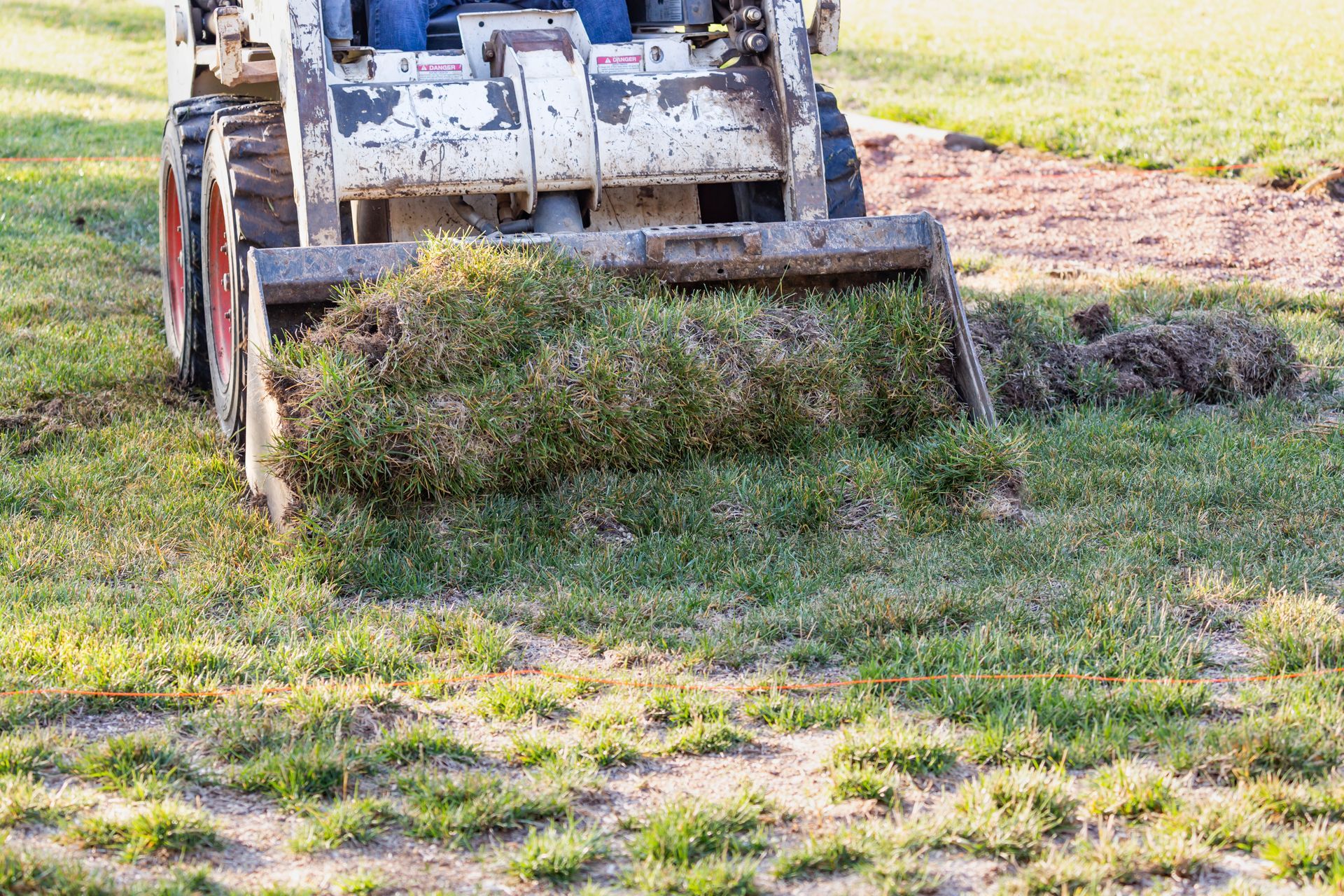
Common Challenges in Lot Clearing and How to Overcome Them
- Identifying Boundaries and Property Lines: Accurate identification of property lines is vital to avoid disputes and ensure compliance. The solution is to employ professional surveyors and use precise property maps to clearly define boundaries.
- Handling Hazardous Materials and Waste: Lot clearing can uncover hazardous materials like asbestos or chemicals. Proper identification and disposal are essential. Partnering with certified hazardous waste removal companies and following local regulations helps manage these risks safely.
- Dealing with Dense Vegetation and Large Trees: Dense vegetation and large trees pose significant challenges, including safety hazards and equipment damage. The solution involves using specialized equipment such as mulchers and stump grinders, operated by skilled professionals trained to handle such conditions.
- Managing Wildlife and Protected Species: Clearing a lot can affect local wildlife and protected species. Conducting environmental impact assessments and implementing wildlife relocation strategies ensure compliance with regulations and protect local ecosystems.
- Weather and Environmental Conditions: Adverse weather can disrupt lot clearing operations. Monitoring forecasts and planning for weather-related delays with flexible timelines help manage these challenges effectively.
- Navigating Permits and Regulations: Obtaining the necessary permits and adhering to regulations can be complex. Researching local, state, and federal requirements and consulting with regulatory experts can streamline the process.
- Budgeting and Cost Management: Unexpected costs can strain budgets. Providing accurate estimates, transparent pricing, and maintaining open communication with clients help manage financial aspects and prevent budget overruns.
- Ensuring Safety and Preventing Accidents: Safety is paramount in lot clearing. Implementing strict safety protocols, regular training, and using appropriate personal protective equipment (PPE) minimize risks and ensure a safe working environment.
Addressing these challenges with effective solutions ensures a successful and efficient lot clearing process. Engaging experienced professionals can help navigate these complexities and achieve optimal results.
Facing a tree emergency?
We're here to help, day or night.
Lot Clearing for Different Types of Land: Residential, Commercial, and Agricultural Differences
Lot clearing is essential for preparing land for various uses, but techniques and challenges vary significantly based on land type. Understanding these differences can ensure effective and efficient land preparation.
For residential lot clearing, the focus is on creating a suitable environment for new homes. This involves removing trees, grading the land, and ensuring compliance with local zoning laws. Equipment like bulldozers and excavators is commonly used. Challenges include managing existing utilities and adhering to residential codes, with costs varying based on property size and local regulations.
Commercial lot clearing often requires a larger scale approach. This type of clearing is aimed at preparing land for offices, retail spaces, or other commercial properties. It involves more complex operations, such as handling extensive debris and dealing with commercial zoning regulations. Heavy machinery and advanced technology are typically employed. Costs are influenced by project scale and additional infrastructure needs.
Agricultural lot clearing prepares land for farming or ranching. This process involves addressing soil quality and managing natural vegetation. Techniques include using tractors and plows, along with sustainable practices for erosion control. Challenges include adhering to agricultural regulations and ensuring long-term soil health. Costs are generally focused on both immediate clearing and long-term land management.
Residential, commercial, and agricultural lot clearing each have unique requirements and challenges. Tailoring the approach to the specific land type ensures a successful and efficient project. For expert assistance, consider consulting a professional lot clearing service.
